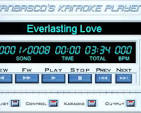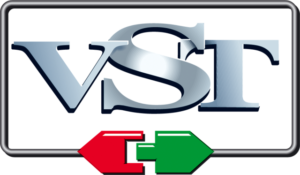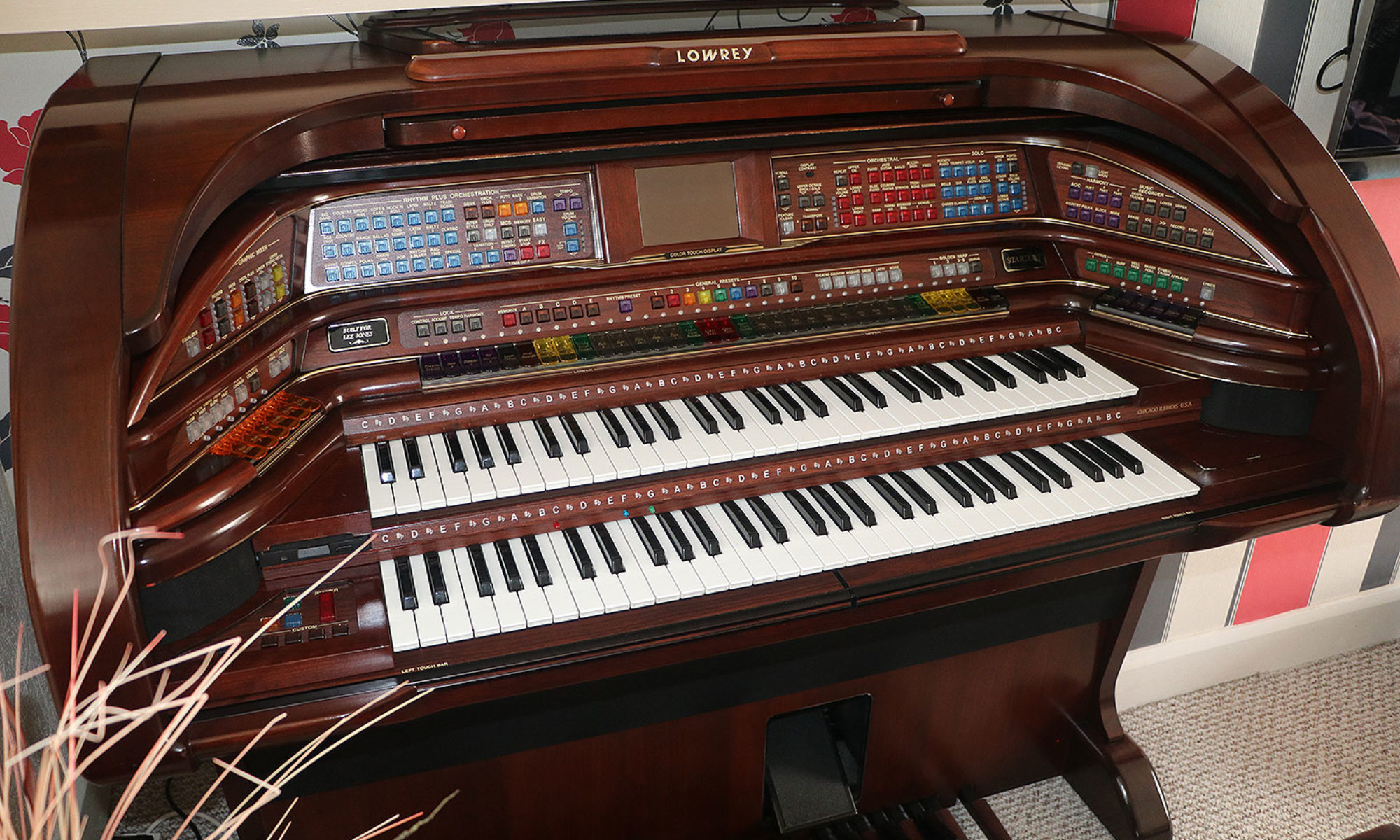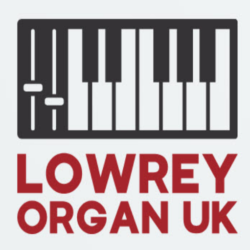Members of the USB-IF in 1999 developed a standard for MIDI over USB, the “Universal Serial Bus Device Class Definition for MIDI Devices”. MIDI over USB has become increasingly common as other interfaces that had been used for MIDI connections (ISA card, game port, etc.) disappeared from personal computers. Linux, Microsoft Windows, Macintosh OS X, and Apple iOS operating systems include standard class drivers to support devices that use the “Universal Serial Bus Device Class Definition for MIDI Devices”.
vanBasco’s Karaoke Player
 VanBasco’s Karaoke Player is a freeware program that allows users to play MIDI karaoke files. It has several features, including:
VanBasco’s Karaoke Player is a freeware program that allows users to play MIDI karaoke files. It has several features, including:
- Lyrics: Displays lyrics in full-screen
- Tempo, volume, and key: Users can change and recall the tempo, volume, and key of a song
- Mute or solo instruments: Users can mute or solo instruments
- Ad-free: The player is completely ad-free
- Background image: Users can display JPEG files as a background image in the karaoke window
- Special characters: Users can include special characters in playlist names
VI
A Virtual instruments (VI) are software-based tools that create sounds that mimic exactly the behaviour and sound of traditional instruments:
-
Types
A VI can be a complex instruments, like sample sound libraries and synthesizers or other manufacturers of all types of organ, both pipe and electronic, or effects, like MIDI effects
-
Capabilities
A VI can create a wide range of sounds, from realistic emulations of acoustic instruments to entirely synthetic sounds.
-
Use
A VI can be used in a Digital Audio Workstation (DAW) or as a standalone instrument.
-
Components
A VI is made up of two main parts: a front panel (the user interface) and a block diagram (graphical source code).
-
ResourcesA VI will use a computer’s CPU, RAM, and disk space to produce a given sound. VI’s are a shift from traditional hardware-based instrumentation systems to software-based systems. They allow users to create music without the need to have or play live instruments, hardware synthesizers and electronic organs.
VirtualMIDISynth
 VirtualMIDISynth is a software MIDI synthesizer implemented as a Windows multimedia user driver, accessible as a standard MIDI Out device. It works on Windows XP (SP3) / Vista (SP1) / 7 (SP1) / 8. x / 10 / 11 (both x86 and x64), and is based on the great BASS library from un4seen.
VirtualMIDISynth is a software MIDI synthesizer implemented as a Windows multimedia user driver, accessible as a standard MIDI Out device. It works on Windows XP (SP3) / Vista (SP1) / 7 (SP1) / 8. x / 10 / 11 (both x86 and x64), and is based on the great BASS library from un4seen.
VST
 VST, which stands for Virtual Studio Technology, serves as a valuable resource for recording artists and engineers of all kinds. Over the past few decades, these plugins have become instrumental in enhancing the quality and creativity limits of audio projects. It’s a software interface that allows users to add virtual instruments and effects to digital audio workstations (DAWs)
VST, which stands for Virtual Studio Technology, serves as a valuable resource for recording artists and engineers of all kinds. Over the past few decades, these plugins have become instrumental in enhancing the quality and creativity limits of audio projects. It’s a software interface that allows users to add virtual instruments and effects to digital audio workstations (DAWs)
VST1
VST1 is the original version of Virtual Studio Technology (VST), an audio plug-in software interface that simulates traditional recording studio hardware in software.
What it is
VST is a software interface that allows users to integrate virtual instruments and effects into a digital audio workstation (DAW). VSTs use digital signal processing (DSP) to receive audio signals, process them, and output the result as a digital audio signal.
How it works
VSTs are useful add-ons that offer extra functionality, such as beat-making or sound design. Common VST plugins include synthesisers, samplers, and audio effects like reverb and compression.
History
VST was developed by Steinberg Media Technologies in 1996.
VSTs revolutionised music production by making it easier to get the desired sound. Before VSTs, building a music studio was expensive and required a lot of space. With VSTs, users could get the same sounds by dragging and dropping a file inside their DAW.
VST2
VST2
is now an older version of the Virtual Studio Technology (VST) format for audio plug-ins:
What it is
VST2 is a type of audio plug-in software interface that allows users to integrate virtual instruments and effect modules into their DAW.
History
VST2 was introduced in 1999 by Steinberg, the company behind Cubase. It was the popular standard for many years and is still widely supported by various DAWs and audio software.
File extension
VST2 plugins have a file extension of .dll.
Compatibility
VST2 plugins are compatible with almost any program that requires audio editing, including video editors.
Installation location
VST2 files are usually installed in the Program Files folder under a VstPlugins folder.
VST3
VST3 is the latest update version of the Virtual Studio Technology (VST) format for audio plug-ins: improvements over previous versions, including: CPU efficiency: VST3 plugins only use CPU resources when processing audio or MIDI data, which allows for more plugins to be used without affecting the DAW’s performance.
VST3 was released in 2008 by Steinberg, the company behind Cubase.
VST plugins have a file extension of .vst3
VST3 files are installed in a folder VST3.
VST3 has an improved graphical user interface (GUI) that can be resized and has cross-platform compatibility. VST3 works with Windows, macOS, and Linux
VSTi
This supported the introduction of Virtual Studio Technology Instrument (VSTi) format plugins. VST Instruments can act as standalone software organs, synthesisers, samplers, or drum machines. it can be either format versions of 1,2 or 3 such as VST3i
WDM
(Windows Driver Model)
1. An audio interface driver protocol created by Microsoft.
2. Allows audio interfaces to connect to and be controlled by a computer.

